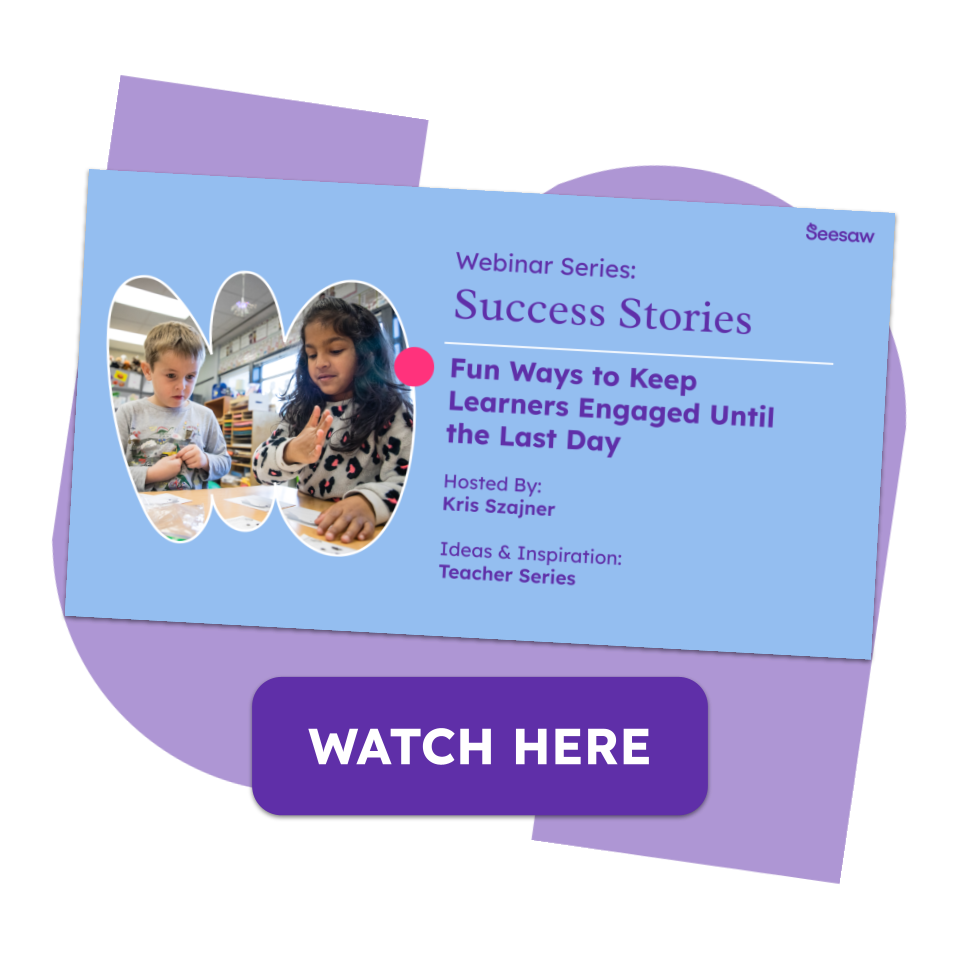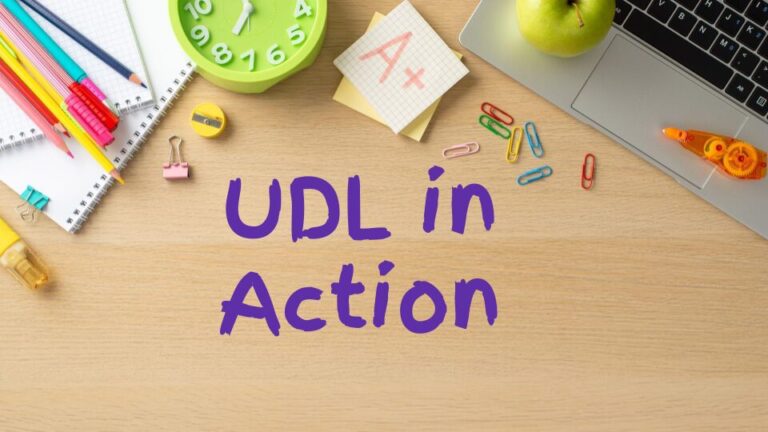Summer is coming, I promise! Before you dive head first into summer, take a quick moment to reflect using simple reflection strategies for teachers. Be intentional about this moment and make it meaningful. Taking this moment can lead to real growth, both personally and professionally.
Reflection does not need to be time consuming. It can take place in small moments that are designed to be more impactful. Some of the most powerful insights come from simple and small actions that provide clarity. Today we will unpack five small but mighty ways to reflect on your teaching year.
1. The One Word Challenge
Summarize your teaching year in just one word. Was your year transformational, messy, joyful, resilient? Choosing just one word helps to focus your reflection on finding meaning in a wide range of time. It also gives you an entry point to explore the things that influenced this result. Was it a year of strong student growth, positive family culture, or difficult curriculum shifts?
Try this: Start with one word but make your own word cloud. Provide weight on words that mean more but try to write everything down. This is a powerful visual closure activity for you to do on your own or with your team.
2. Create Student Work Time Machines
Looking at student work over time is one of the best ways elementary teachers can reflect on student learning. Instead look back and compare work done at the start of the year compared to the end. Listening to reading samples, or watching videos makes this even more tangible.
Try this: Compare works from the start and finish of the year and note what made this possible. Was it a new strategy you used? What is a specific activity that sparked growth? Not these things to help you build a powerful toolkit for the future.
 3. Start, Stop, Continue
3. Start, Stop, Continue
Reflecting on the year can lead to creating grand plans that never actually happen. In fact, creating plans like this can lead to disappointment that you were unable to achieve. Instead focus your reflection on three simple things. What do I want to start doing more of, What do I want to stop doing, What do I want to continue to do.
Try this: Write out a document or poster board and write out everything you want to start, stop and continue. Make this more dynamic by creating a three circle venn diagram and trying to blend together topics.
4. 3-2-1 Snapshot
Just like the framework above, honing in on what you are focusing on helps you to be selective and lead to closure faster. Just because you are leading to closure faster does not mean you are taking shortcuts or not getting the most impact.
Try this: Write 3 things you were proud you did, 2 things you learned this year, and 1 thing you want to try differently. This is just the beginning of any reflection. Detail out these items as much as you want.
5. Write to Yourself
Throughout the year you have moments of highs and lows. These can be captured and used at strategic times. When you are experiencing a high, take note of this moment and write a small note of encouragement to yourself. Pull these notes out when you are having a low. Remember the good times especially when times are bad.
Try this: Create a folder where you drop hand written notes or post them. Pull one out and read it when you are having a low. Don’t forget to write these to yourself when you are experiencing a good time.
Keep reflection simple
Small moments of intentional reflection will set the stage for a better start to next year. Gain inspiration from what you were able to accomplish and learn from what you made mistakes on, using end-of-year teaching reflection ideas that can be captured digitally. Take a quick moment to reflect. You have made an impact, be purposeful and reflect on it.




